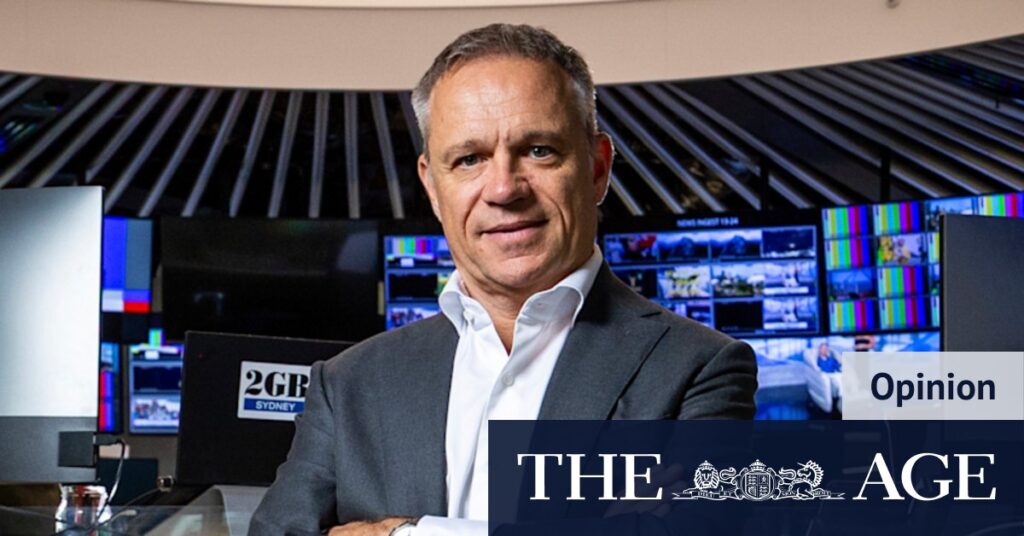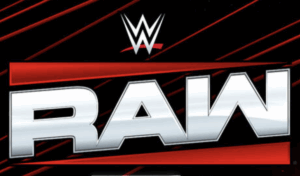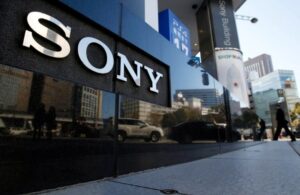
Nine Entertainment chief executive Matt Stanton is marking his first year at the helm of one of Australia’s most challenging corporate roles. As he navigates the complexities of the media landscape, Stanton finds himself contending with formidable adversaries such as Google and Meta, the parent company of Facebook and Instagram, which are siphoning off advertising revenue and content. Adding to the pressure, artificial intelligence firms like OpenAI and Anthropic are eyeing Nine’s content to train their AI models.
This development follows a pattern of increasing pressure from well-funded U.S. tech companies, prompting Stanton and his industry peers to seek intervention from the federal government. The hope is for a solution akin to the mandatory news media bargaining code, which previously compelled tech giants to compensate publishers. However, Meta’s withdrawal from negotiations has left a stalemate that only the Albanese government can resolve.
Lobbying for Government Intervention
Stanton recently spent a day in Canberra, leveraging his lobbying skills to advocate for stronger government action. He remains optimistic, stating, “the government has our back.” In collaboration with other Australian publishers, including rival News Corp, Stanton is pushing for a unified front against the growing threat posed by AI companies. These firms are already utilizing local content without compensation, significantly impacting publishers.
By way of example, Stanton says one of Nine’s publishing assets, the Australian Financial Review, is “scraped” by AI 10 times every second.
The media coalition is urging awareness of the potential hazards these AI behemoths represent. Stanton likens the situation to a game of Whac-A-Mole, with no straightforward solution in sight. He remains hopeful that deals will eventually be struck, recognizing that AI companies need content to enhance their models.
International Challenges and Strategic Moves
Meanwhile, the looming specter of U.S. protectionism under President Donald Trump adds another layer of complexity. Trump’s well-documented protectionist stance could complicate negotiations, especially as Prime Minister Anthony Albanese prepares for discussions with the U.S. leader. The outcome of these talks could significantly impact Australian publishers.
On the home front, Stanton is focused on revitalizing Nine’s operations amidst a challenging advertising market and a need to overhaul its corporate culture. He has implemented changes to streamline operations across publishing, radio, streaming, and broadcasting, utilizing data from digital assets to drive growth. A notable example is leveraging subscriber data from The Age and The Sydney Morning Herald to boost viewership for the Australian Open tennis on 9Now.
Strategic Sales and Future Prospects
Nine’s recent decision to sell its 60 percent stake in digital real estate portal Domain, despite its growth potential, underscores a strategic focus on shareholder returns. The $3.2 billion offer from U.S. property giant CoStar was deemed too lucrative to decline. The sale has provided Nine with significant capital, some of which has been returned to shareholders, while the remainder is poised for potential acquisitions or sports broadcast rights.
Speculation abounds regarding Nine’s future moves, including a possible acquisition of outdoor advertising group oOh!media. While Stanton remains noncommittal, the prospect remains on the table. Additionally, a review of Nine’s radio business could lead to further financial gains through a potential sale.
As Nine Entertainment navigates these multifaceted challenges, Stanton’s leadership and strategic decisions will be pivotal in steering the company through a rapidly evolving media landscape. The outcome of government negotiations and international discussions will play a crucial role in shaping the future of Australia’s media industry.






